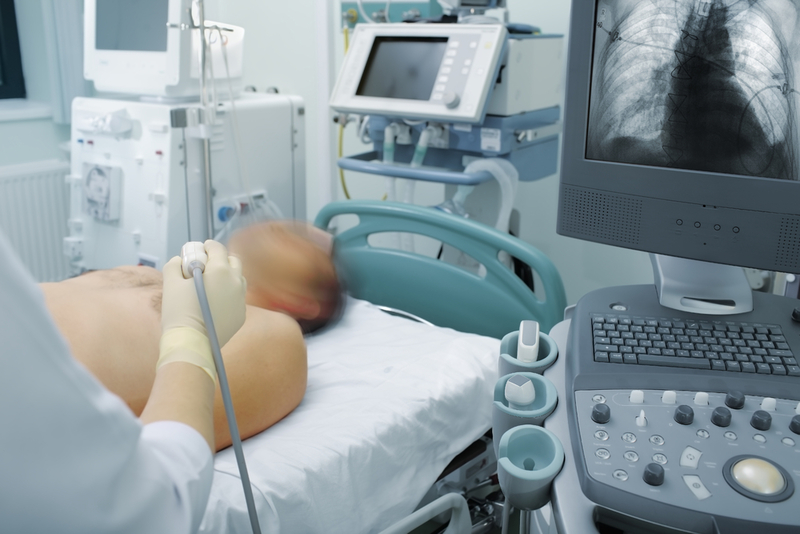Lung ultrasound-guided treatment can improve outcome in heart failure: Results of the LUS-HF trial
Heart Failure 2019 Congress News May 30, 2019
Lung ultrasound (LUS) gives important information about subclinical congestion that can be used to improve the treatment in follow-up of patients hospitalised for heart failure. This is the finding of a late-breaking trial reported yesterday by Doctor Mercedes Rivas-Lasarte (Hospital de la Santa Creu i Sant Pau, Barcelona, Spain) (LBT3).

Discussing the rationale for the study, Dr. Rivas-Lasarte says that heart failure is the most common cause of hospitalisation in patients over the age of 65 years. Perhaps more worrying, at least half of these patients will be readmitted to hospital in the first year following their initial admission for heart failure decompensation. She goes on to explain that congestion is one of the main predictors of poor prognosis in patients with heart failure and that even patients without signs of congestion show not inconsiderable rates of hospitalisation. In recent years, studies have identified LUS-detected subclinical pulmonary congestion, in the form of B lines (or comet-tail artefacts), as a potentially useful prognostic marker of heart failure.
The LUS-HF trial was a randomised, controlled trial investigating whether a strategy of LUSguided treatment would improve the outcome of patients hospitalised with heart failure. The primary endpoint was a combined endpoint, comprising readmission, unexpected visit for worsening heart failure or death in the six- month follow-up period. There was no specified treatment protocol, but physicians were encouraged to tailor treatment, particularly with the use of diuretics, according to the number of B lines on a patient’s LUS. Physicians were blinded to the LUS data from patients in the control group.
A total of 124 patients were randomised to a LUS-guided treatment arm (n=61) or a control arm (n=62).
The primary combined endpoint occurred in significantly fewer patients in the LUS-guided arm compared with the control arm (23% vs 40%; p=0.045).
The combined endpoint hazard ratio for LUSguided treatment was 0.52 (95% confidence intervals 0.27–0.99; p=0.049). This was due mainly to the reduction in unexpected visits for worsening heart failure in the LUS-guided therapy arm compared with the control arm (5% vs 21%; p=0.008). There was no significant difference between treatment arms in hospital readmissions or death. The use of diuretics increased with LUS findings. In the LUS-guided treatment arm compared with the control arm, more patients received loop diuretics (91% vs 75%; p=0.02) and at higher doses (67 mg vs 58 mg; p=0.046).
Dr. Rivas-Lasarte says that the results of the study are in line with the group’s initial hypothesis, that LUS-guided therapy would improve outcomes in these types of patient. “We would like to reinforce the importance of LUS-identified subclinical congestion in the management of heart failure and to highlight that currently many patients are probably being undertreated. LUS is quick and easy to perform and provides reproducible results. What is more, it is available in most cardiology departments. We want to encourage heart failure specialists to use LUS more frequently to detect subclinical congestion and so enable more effective treatment of these patients.”
This article is a news release from Heart Failure 2019 Congress. Read the original here.
-
Exclusive Write-ups & Webinars by KOLs
-
Daily Quiz by specialty
-
Paid Market Research Surveys
-
Case discussions, News & Journals' summaries